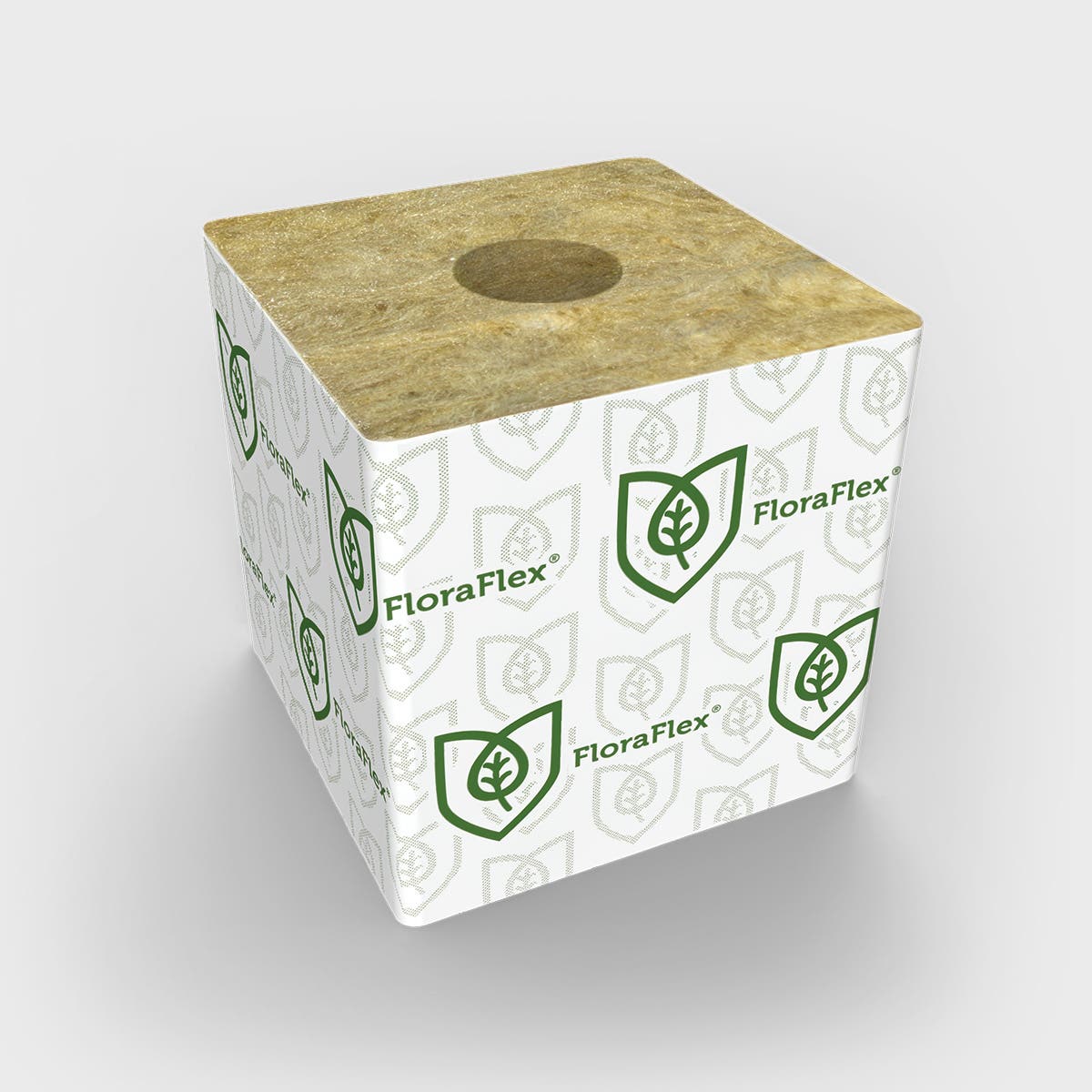As the cannabis industry continues to grow, so does the need for sustainable farming practices. In today's world, sustainability is not just a buzzword but an essential part of agricultural practices, ensuring that we protect our environment while also meeting the growing demand for cannabis products. Adopting sustainable practices in cannabis farming requires education and the right resources, which I will explore in this blog post.
The Importance of Sustainability in Cannabis Farming
Sustainable agriculture focuses on the health of the soil, water, and ecosystem as a whole. In cannabis farming, sustainability means reducing the environmental impact of cultivation by minimizing waste, recycling water, and improving energy efficiency. These practices ensure the long-term viability of the land and resources, which is critical for both farmers and consumers who are increasingly environmentally conscious.
Key Sustainable Practices in Cannabis Cultivation
Water Conservation Techniques
Water conservation is a significant aspect of sustainable cannabis farming. Cannabis plants require a considerable amount of water, which can strain local water supplies and ecosystems. To address this, farmers are implementing techniques such as drip irrigation and rainwater harvesting:
- Drip Irrigation: This method delivers water directly to the plant's roots, reducing evaporation and water waste.
- Rainwater Harvesting: Collecting rainwater allows farmers to reduce their reliance on local water sources and ensure they have sufficient supply even during dry spells.
These practices help maintain water levels while also ensuring that plants receive the nourishment they need for optimal growth.
Soil Health Enhancement
Maintaining healthy soil is crucial for sustainable cannabis farming, as the soil is the foundation for plant health and productivity. Traditional farming can lead to soil degradation, so sustainable methods focus on:
- Crop Rotation: Rotating different crops helps maintain soil fertility and prevent disease buildup.
- Composting: Adding organic waste to the soil improves its structure and nutrient content.
- Cover Cropping: Cover crops prevent soil erosion and improve water retention.
These practices not only enhance the soil fertility but also foster a healthier ecosystem surrounding the farms.
Energy Efficiency
Cannabis cultivation, especially in indoor facilities, can be energy-intensive due to lighting, temperature control, and ventilation requirements. To combat this, farmers are adopting energy-efficient solutions, such as:
- LED Lighting: These lights consume less power than traditional lighting solutions and have a longer lifespan.
- Solar Panels: Harnessing solar energy can significantly reduce the carbon footprint of cannabis farming operations.
- Smart Environmental Controls: Using technology to monitor and adjust environmental conditions ensures optimal energy use.
The Role of Innovative Growing Mediums
Using the right growing mediums can significantly impact sustainability in cannabis farming. This brings us to one of the more innovative products available: the 6" FloraFlex Wool, a basalt-derived rockwool cube. This product 6" FloraFlex Wool offers enhanced moisture retention, aeration, and root development while being environmentally friendly and biodegradable.
Benefits of 6" FloraFlex Wool
- Sustainable Production: Made from natural basalt rock, this growing medium is not only sustainable but also promotes root health.
- Efficient Resource Use: Its excellent water retention properties mean less water use, aiding in conservation efforts.
- Biodegradability: Once its purpose is served, FloraFlex Wool can naturally degrade, reducing waste and promoting a circular economy in cannabis cultivation.
By choosing sustainable growing mediums like FloraFlex Wool, farmers can minimize waste and ensure healthier plant growth.
Challenges and Opportunities
Although sustainable cannabis farming offers numerous benefits, it is not without challenges. Transitioning to more sustainable practices can require significant upfront investments and a change in traditional farming methodologies. However, the long-term benefits, such as cost savings, improved crop yields, and environmental conservation, make it a worthwhile endeavor.
Moreover, as consumer demand for environmentally friendly products continues to rise, adopting sustainable practices can provide cannabis growers with a competitive edge. As more and more people prioritize sustainability in their purchasing decisions, cannabis brands that can demonstrate their commitment to sustainable farming practices stand to gain significant market advantages.
Educating for a Sustainable Future
Education is key to achieving sustainability in cannabis farming. Farmers need access to the latest research and resources, including sustainable products and practices tailored to the industry. Organizations and companies, such as FloraFlex, play a critical role in providing these resources and informing the community on best practices.
For more information on sustainable products and practices, visit FloraFlex's website.
By adopting educational insights and embracing sustainable practices, cannabis farmers can contribute to a healthier planet while also ensuring the success of their cultivation endeavors. As we move forward, it’s crucial to remain committed to sustainability and continue to search for innovative solutions in cannabis farming.
Embracing sustainability in cannabis farming is an ongoing journey that requires adaptation and a willingness to learn. By focusing on water conservation, soil health, energy efficiency, and innovative growing mediums like FloraFlex Wool, the future of cannabis cultivation looks promising and environmentally responsible.









